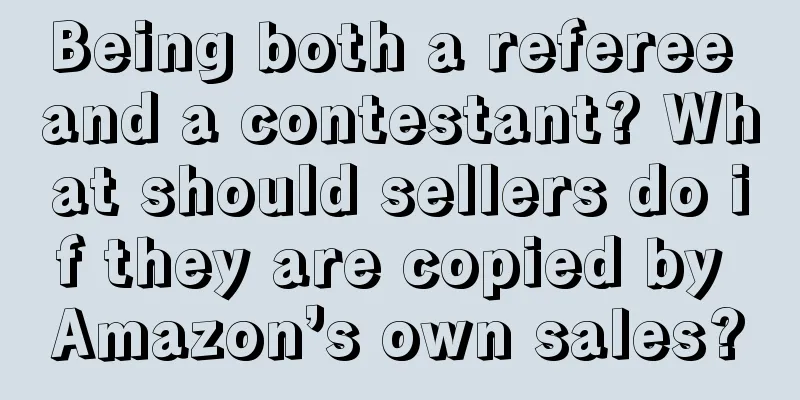After a year of excess inventory sales, Target sticks to its low inventory strategy in 2023!

|
With inventory down 16% year-over-year by the end of the first quarter, Target is still pursuing a lean inventory strategy as it weathers lingering volatility in consumer spending this year, according to a report from Target. In a call with analysts last week, Target executives called the retailer’s inventory position “conservative” and “cautious” after Chief Executive Brian Cornell called out “further weakness” in discretionary spending in March and April. Chief Operating Officer John Mulligan, while cautious, said the retailer has been making “some purposeful inventory investments” in high-frequency categories “given the rapid growth we’re seeing and making sure we have inventory.” This time last year, Target and many of its retail peers, including fellow giant Walmart, were stuck with inventory piles amid a sudden and sharp drop in consumer spending on discretionary items. Target's year-long campaign of price cuts to clear store space and refresh its merchandise has been a painful blow to the company's margins and profits. But the end result was exactly what Target was looking for: lower inventory levels. In discretionary categories, inventory was down 25% in the first quarter of this year compared with the same period last year, according to executives. Mulligan said the year-over-year inventory decline is a result of the "cautious stance" Target is taking today and the "impact of excess inventory on last year's balance sheet." Mulligan also noted that the decline would have been greater if Target had not added high-performing inventory. Less inventory and greater inventory efficiency means more cash. While the company's operating profit was down slightly from last year, Target generated $1.3 billion in cash in the first quarter, while its operations "absorbed $1.4 billion" last year, according to Chief Financial Officer Michael Fiddelke. He told analysts that the difference in cash generation in the first quarter of 2023 was "almost entirely due to the change in our inventory investment compared to last year." The finance chief said Target's more conservative stance "gives us flexibility and agility," while Cornell said it "allows us to bring freshness to our portfolio." Fiddelke also noted that "you'll continue to see us maintain this posture through the rest of the year." While working to keep current levels in line with sales, Target has also been working to make its inventory replenishment system more efficient, an investment process Mulligan described as a "multi-year journey" to modernize. “When I entered this position eight years ago, store inventory replenishment was a standardized, rigid process that placed a heavy burden on our store team members,” Mulligan said. “Through this modernization effort, our primary goal is to reduce labor demands on our stores.” The company did this by building processes, technology and automation into its distribution centres, which in turn improved labour efficiency, he added. Editor ✎Estella/ Disclaimer: This article is copyrighted and may not be reproduced without permission. |
<<: Beware! These products are being boycotted, and Target has removed them from shelves!
Recommend
Amazon’s built-in ad diagnostic tool is amazing!
Today I want to share with you a super practical &...
Breaking News! The USPTO has a backlog of more than 900,000 trademarks
It is learned that the USPTO has a backlog of more...
Good news! Amazon waives FBA storage fees, small sellers have a chance to reach 100 orders a day...
Good news! Amazon waives FBA storage fees , small...
A major Amazon category is about to die...
Okay, friends who were attracted by the title Alic...
U.S. e-commerce sales to reach $1.2 trillion by 2024
According to the latest report released by FTI Con...
Must read! How do Amazon sellers get reviews?
As a large platform, Amazon has attracted many com...
What is LightInTheBox? LightInTheBox Review
LightInTheBox is a Chinese foreign trade B2C websi...
What is Easy Global Logistics? Easy Global Logistics Review
Shenzhen Yida Global Logistics Co., Ltd. is a prof...
A+ pages are gone? Amazon updates the picture and text display module!
Recently, many sellers have reported in our commu...
The online home improvement market will grow by 15% in 2021! North America and Europe are the most worthy of investment!
It is learned that according to a joint research b...
What is YouLe Overseas? YouLe Overseas Review
Youle Overseas is a product of Guangzhou Lingbowei...
Daily workday + brand was revoked due to complaints, report function appeal + unlimited reporting of flash sales routines
Daily Work ReportBrand was revoked due to complain...
What is Triangle CPA? Triangle CPA Review
Triangle CPA is a Chinese accounting firm headquar...
The market value will reach 67 billion US dollars! This track is still hot in the post-epidemic era!
<span data-docs-delta="[[20,"获悉,根据newhope....
What is New Foreign Trade? New Foreign Trade Evaluation
New foreign trade is redefined by data, and all as...









